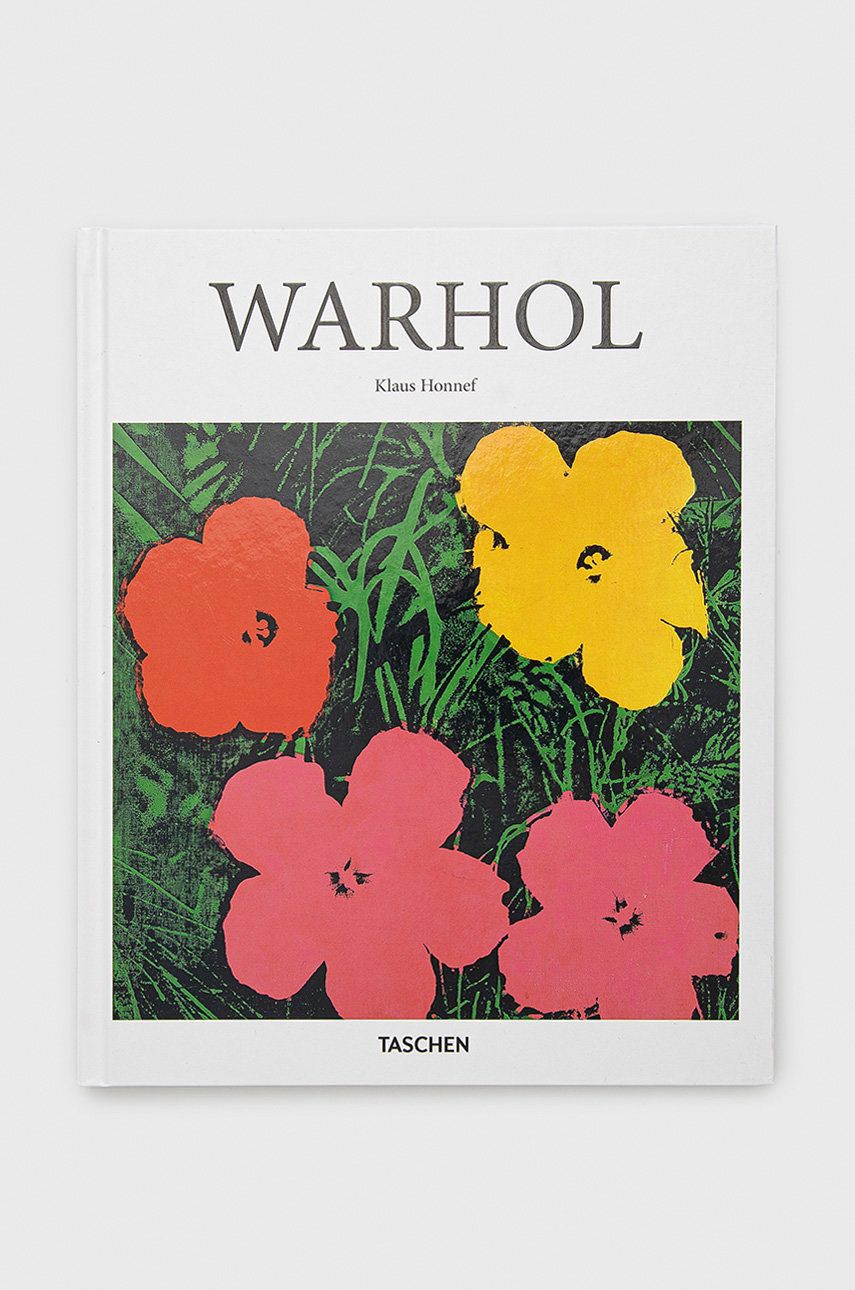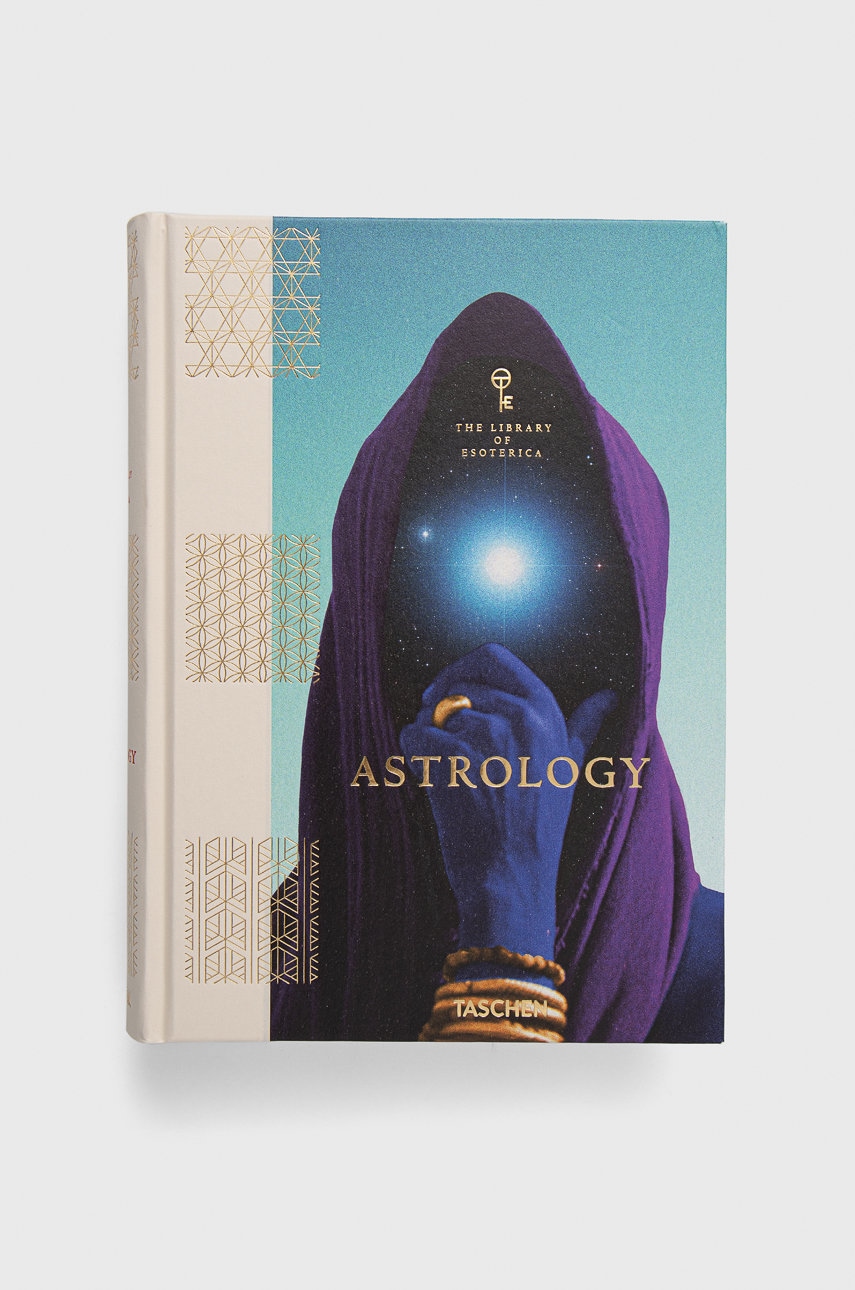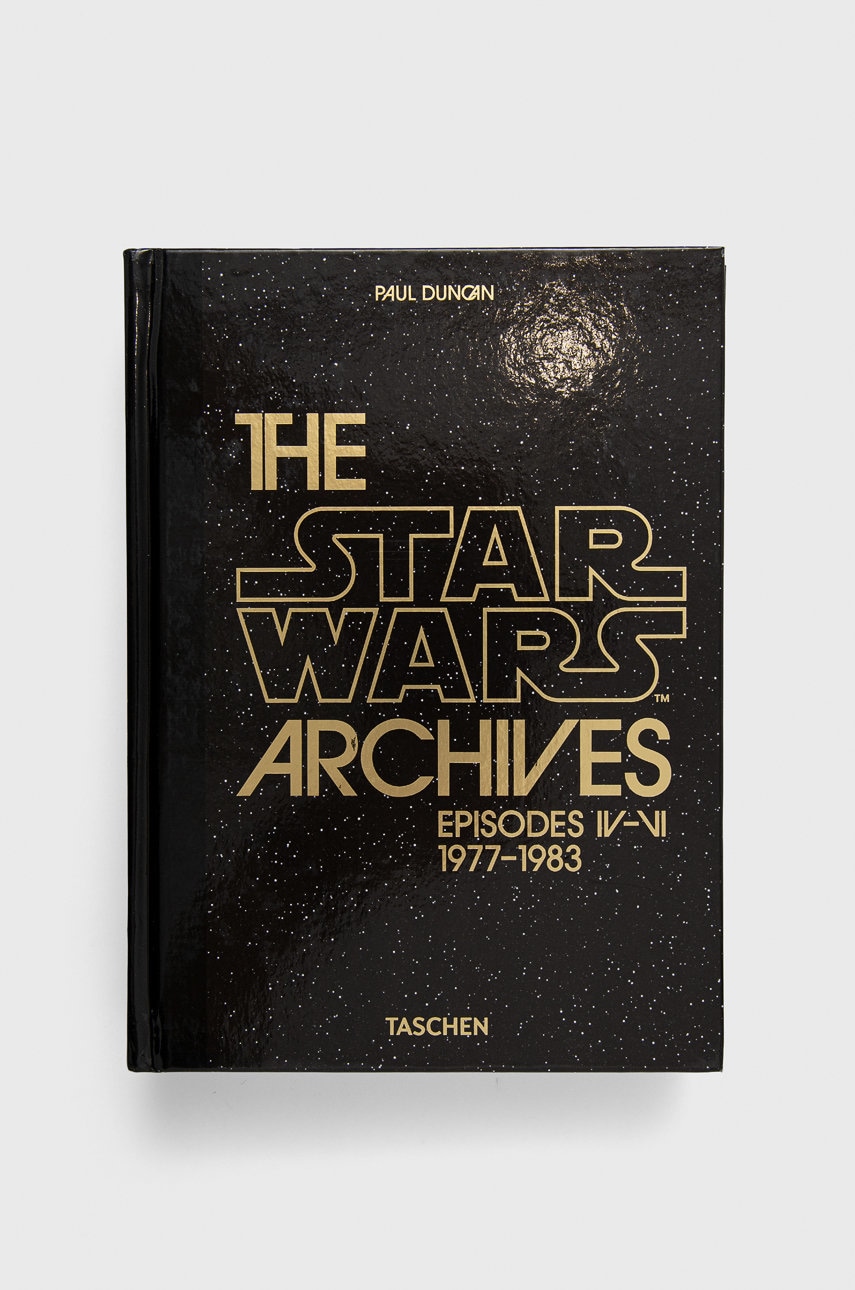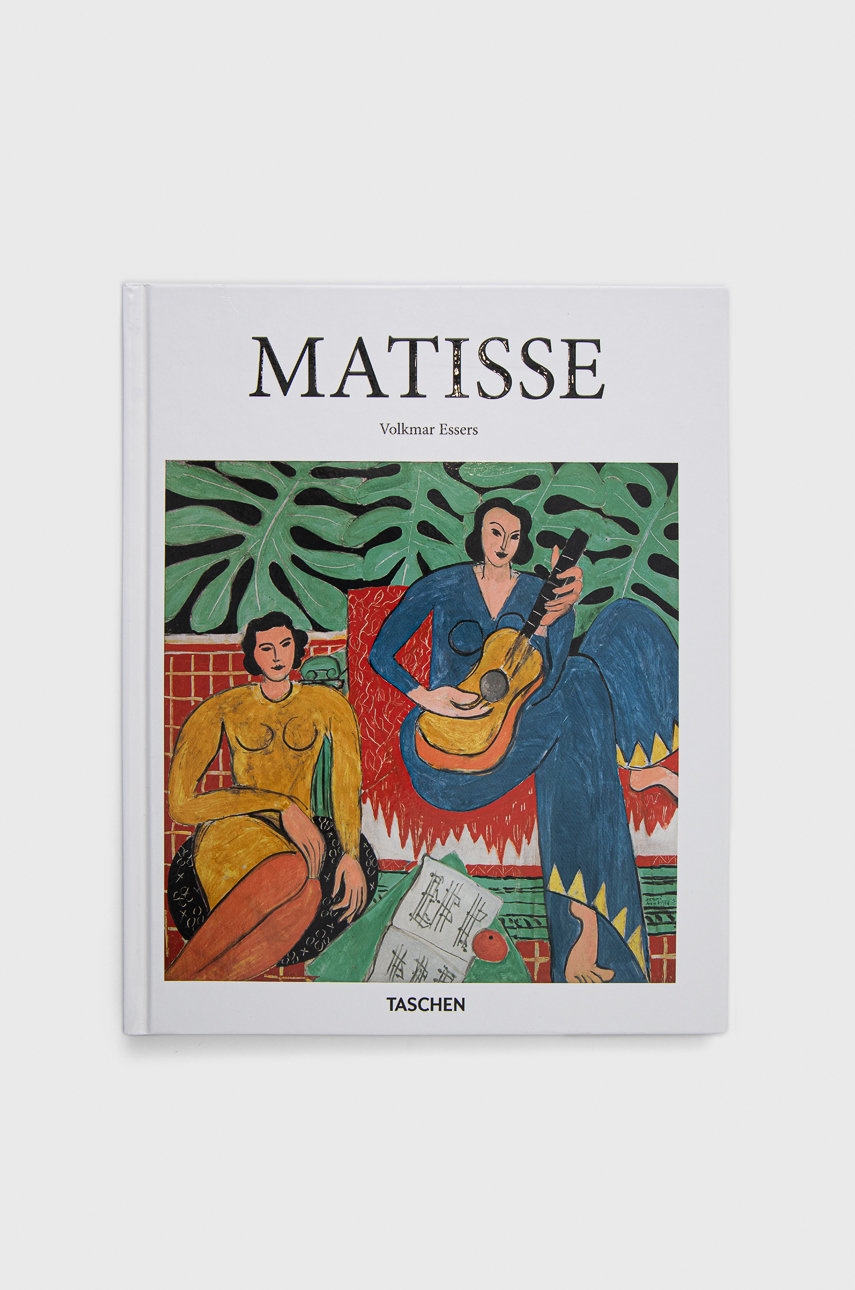Freydal. Medieval Games | Stefan Krause
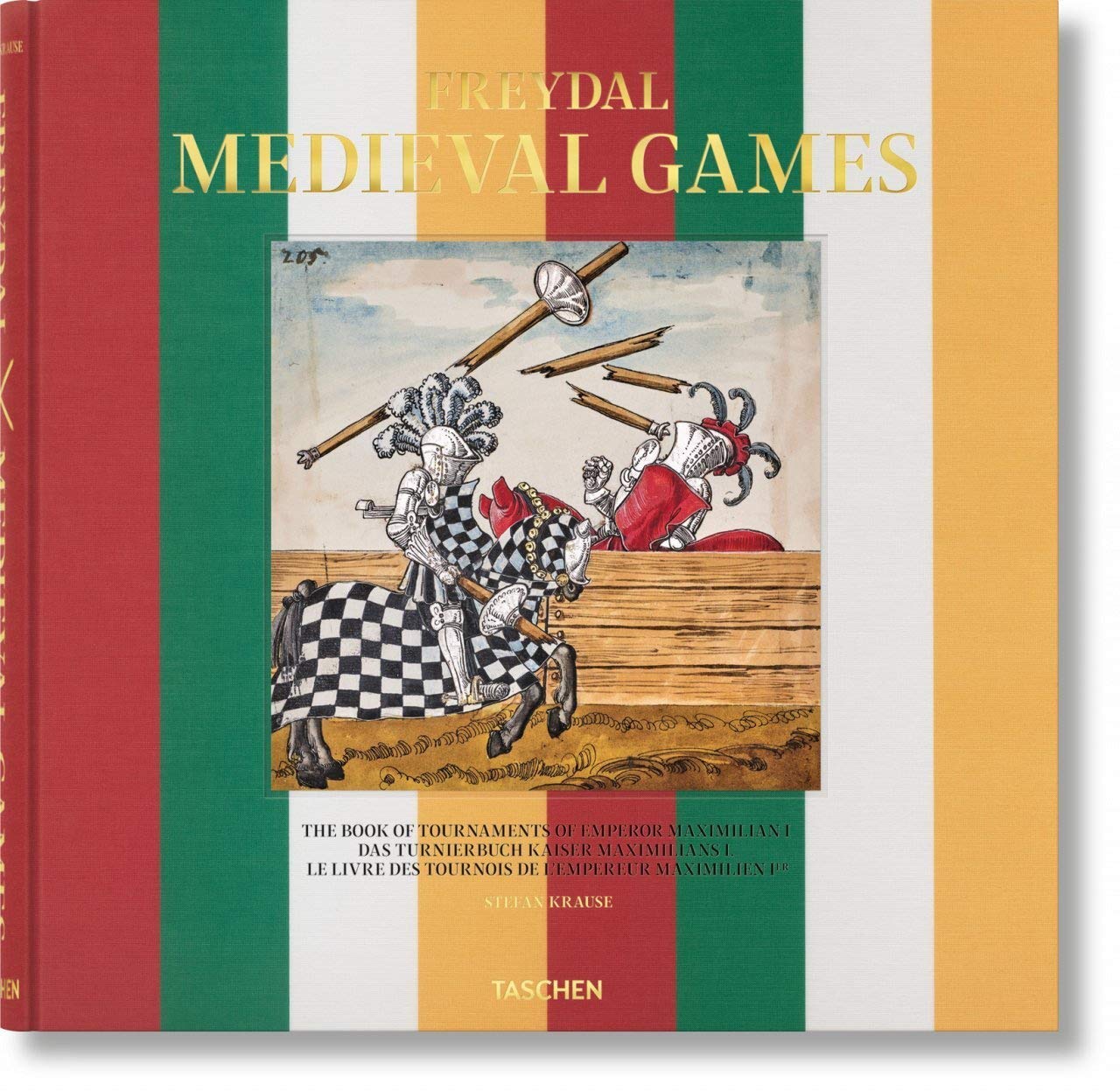
Detalii Freydal. Medieval Games | Stefan
Produs actualizat în urmă cu 28 zile
Descriere YEO:
Descriere magazin:
Emperor Maximilian I (1459-1519) treated the spectacle of his tournaments, hastiludes, and mummeries as an art form unto itself. One of modern Europe\'s most important sovereigns, he shaped the continent\'s political map well into the 20th century, not least due to his keen awareness of the power of a good public display towards diplomacy and networking. From 1512 to 1515, Maximilian commissioned a massive, exquisitely detailed and illustrated manuscript of the 64 tournaments. The 255 elaborately gilt and silvered miniatures were more than just a collection of jousting scenes from the Habsburg court-from the grand melee and tilting at the lists to foot combat and closing ceremonies-they were an allegorical epic telling the story of an intrepid hero, a knight errant who is no other than Maximilian himself. In the guise of his literary alter ego "Freydal", the Emperor jousted to prove his love for a noble lady. The story ends with the lady agreeing to marry him-she is no other than Mary of Burgundy, whom Maximilian wed in 1477 at Ghent.Produced under the direct supervision of Maximilian himself, Freydal is an invaluable record of late-medieval chivalry, one which introduces us to the jousts that the Emperor revived and even invented-such as the spectacular Rennen mit geschifften Tartschen, where shields would be catapulted into the sky and disintegrated into metal wedges. To this day, it remains the largest extant tournament book from the Late Middle Ages and the essential source on European courtly festivities of the early modern era. Much too fragile to be on permanent display, the miniatures are safely locked away in the vaults of the Kunsthistorisches Museum in Vienna. To commemorate the fifth centenary of Emperor Maximilian I\'s death, TASCHEN reproduces the complete 255 miniatures in full-color photographs, making the unique manuscript accessible to all for the very first time. The astounding collection is introduced by Stefan Krause, director of the Kunsthistorisches Museum\'s Imperial Armoury, who tells its fascinating story.

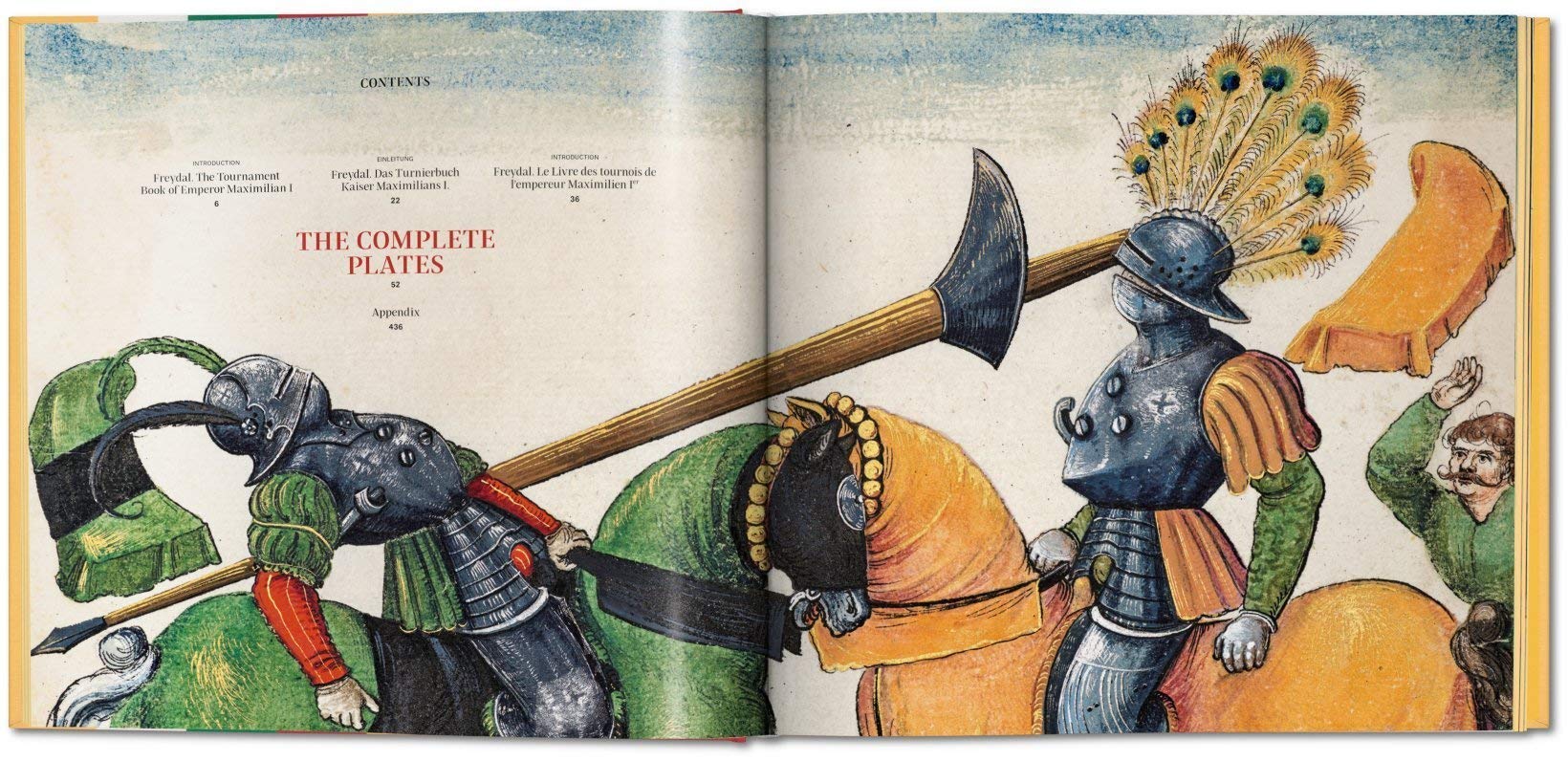
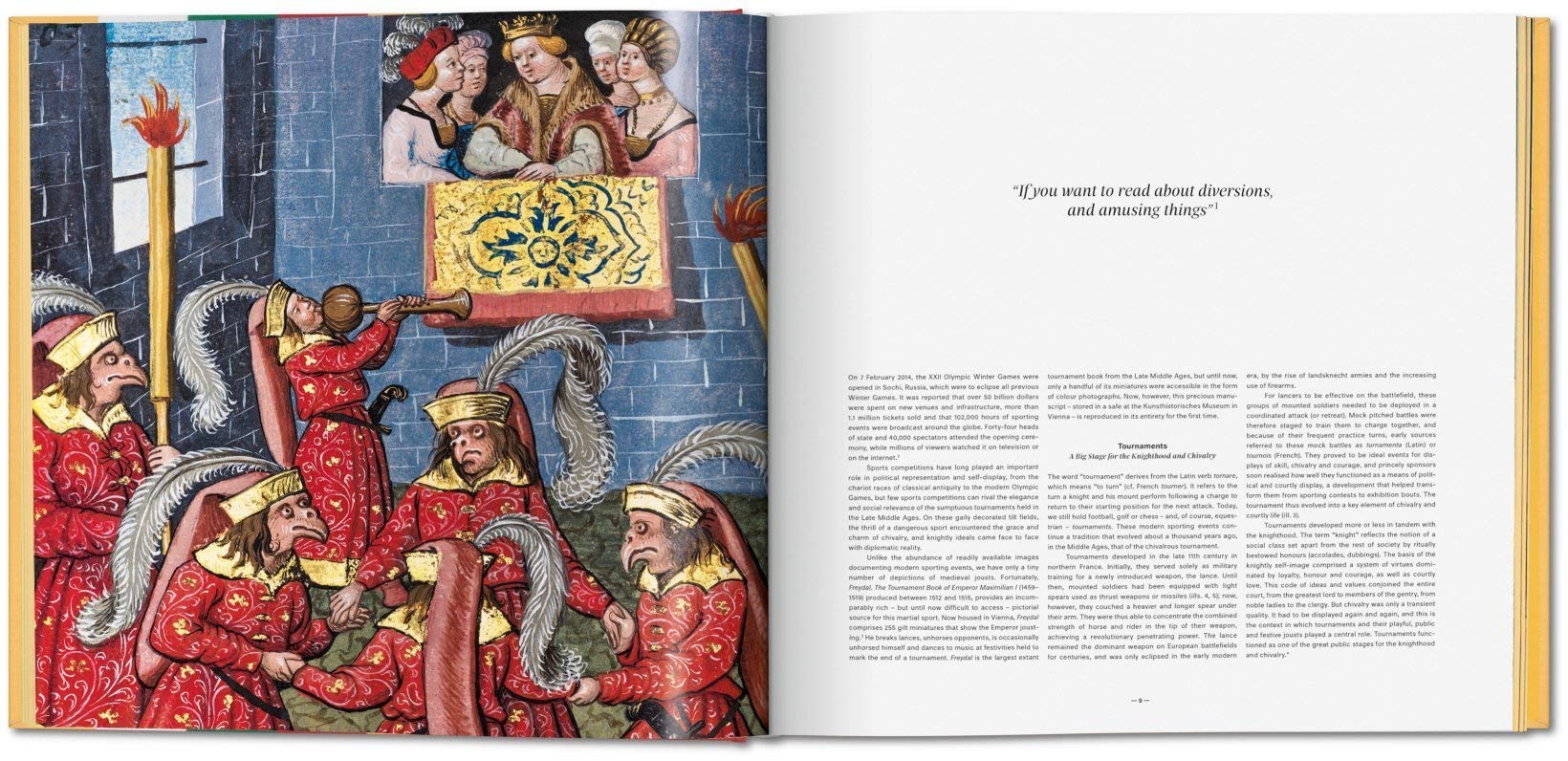
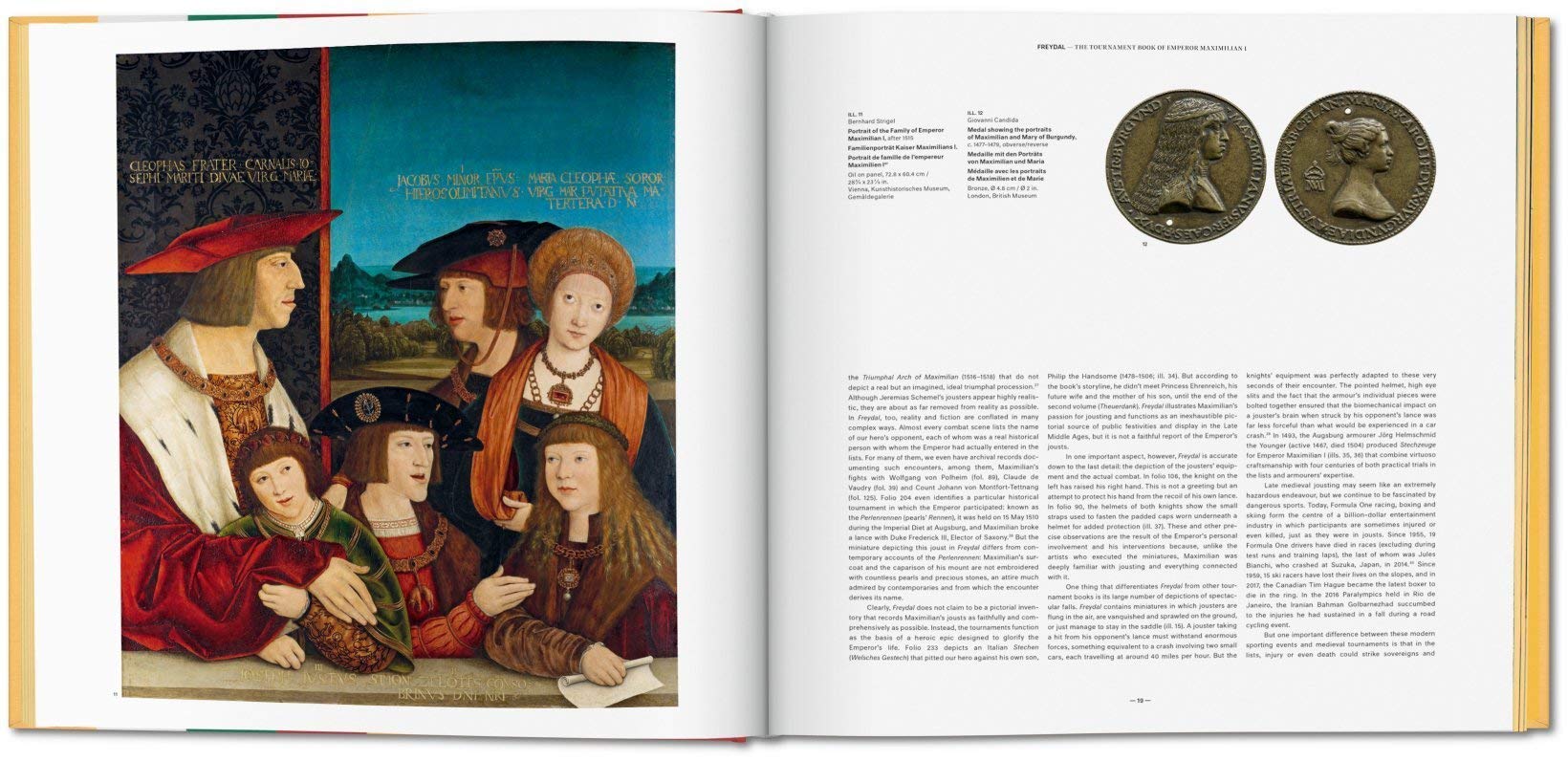
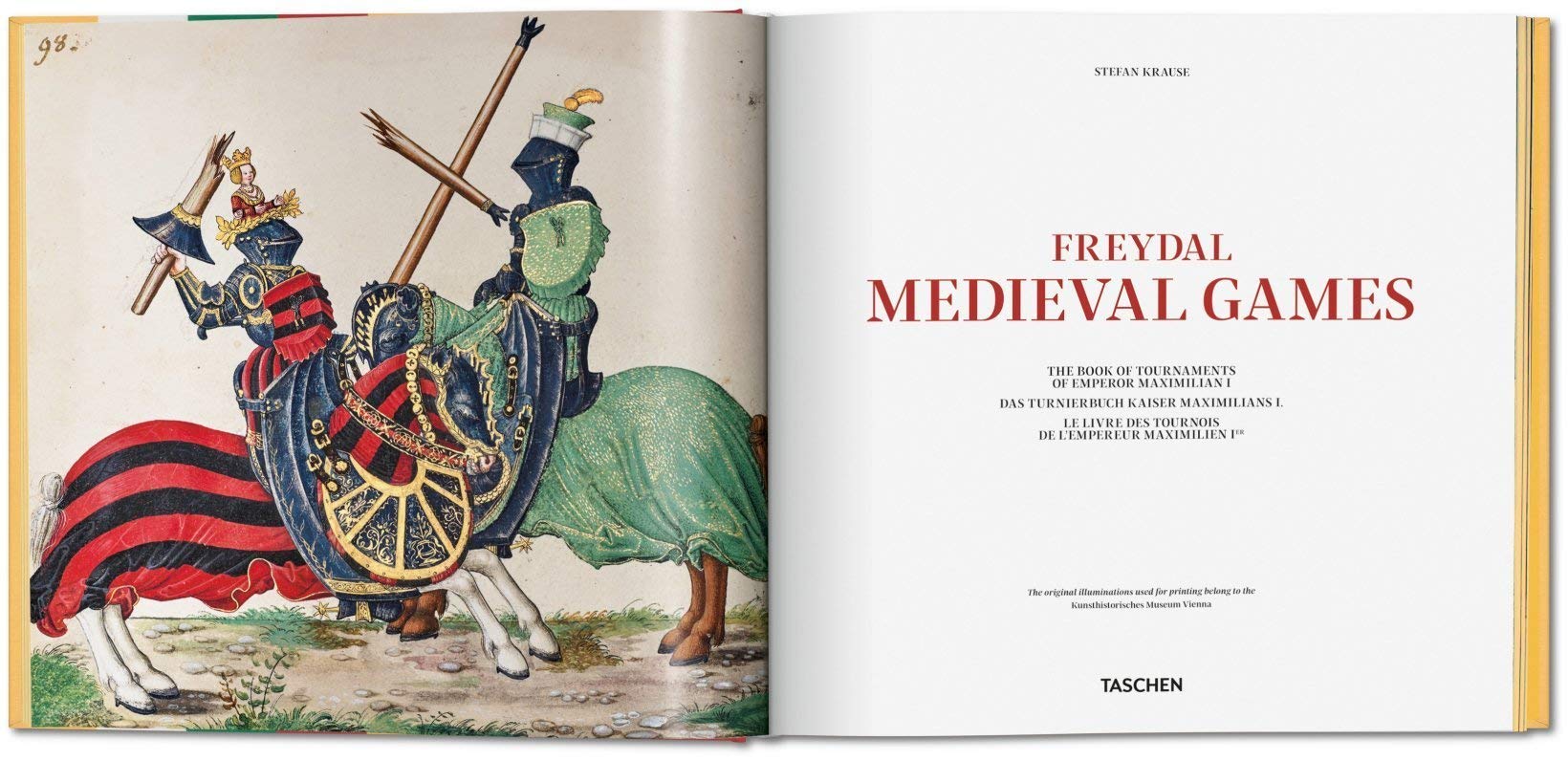
Freydal. Medieval Games | Stefan - Disponibil la carturesti.ro
Pe YEO găsești Freydal. Medieval Games | Stefan de la Taschen GmbH, în categoria Carte straina.
Indiferent de nevoile tale, Freydal. Medieval Games | Stefan Krause din categoria Carte straina îți poate aduce un echilibru perfect între calitate și preț, cu avantaje practice și moderne.
Caracteristici și Avantaje ale produsului Freydal. Medieval Games | Stefan
- Departament: gaming-carti-birotica
- Ideal pentru pasionații de jocuri, birotică și distracție online.
Preț: 943 Lei
Caracteristicile produsului Freydal. Medieval Games | Stefan
- Brand: Taschen GmbH
- Categoria: Carte straina
- Magazin: carturesti.ro
- Ultima actualizare: 27-10-2025 01:24:43
Comandă Freydal. Medieval Games | Stefan Online, Simplu și Rapid
Prin intermediul platformei YEO, poți comanda Freydal. Medieval Games | Stefan de la carturesti.ro rapid și în siguranță. Bucură-te de o experiență de cumpărături online optimizată și descoperă cele mai bune oferte actualizate constant.
Descriere magazin:
Emperor Maximilian I (1459-1519) treated the spectacle of his tournaments, hastiludes, and mummeries as an art form unto itself. One of modern Europe\'s most important sovereigns, he shaped the continent\'s political map well into the 20th century, not least due to his keen awareness of the power of a good public display towards diplomacy and networking. From 1512 to 1515, Maximilian commissioned a massive, exquisitely detailed and illustrated manuscript of the 64 tournaments. The 255 elaborately gilt and silvered miniatures were more than just a collection of jousting scenes from the Habsburg court-from the grand melee and tilting at the lists to foot combat and closing ceremonies-they were an allegorical epic telling the story of an intrepid hero, a knight errant who is no other than Maximilian himself. In the guise of his literary alter ego "Freydal", the Emperor jousted to prove his love for a noble lady. The story ends with the lady agreeing to marry him-she is no other than Mary of Burgundy, whom Maximilian wed in 1477 at Ghent.Produced under the direct supervision of Maximilian himself, Freydal is an invaluable record of late-medieval chivalry, one which introduces us to the jousts that the Emperor revived and even invented-such as the spectacular Rennen mit geschifften Tartschen, where shields would be catapulted into the sky and disintegrated into metal wedges. To this day, it remains the largest extant tournament book from the Late Middle Ages and the essential source on European courtly festivities of the early modern era. Much too fragile to be on permanent display, the miniatures are safely locked away in the vaults of the Kunsthistorisches Museum in Vienna. To commemorate the fifth centenary of Emperor Maximilian I\'s death, TASCHEN reproduces the complete 255 miniatures in full-color photographs, making the unique manuscript accessible to all for the very first time. The astounding collection is introduced by Stefan Krause, director of the Kunsthistorisches Museum\'s Imperial Armoury, who tells its fascinating story.





